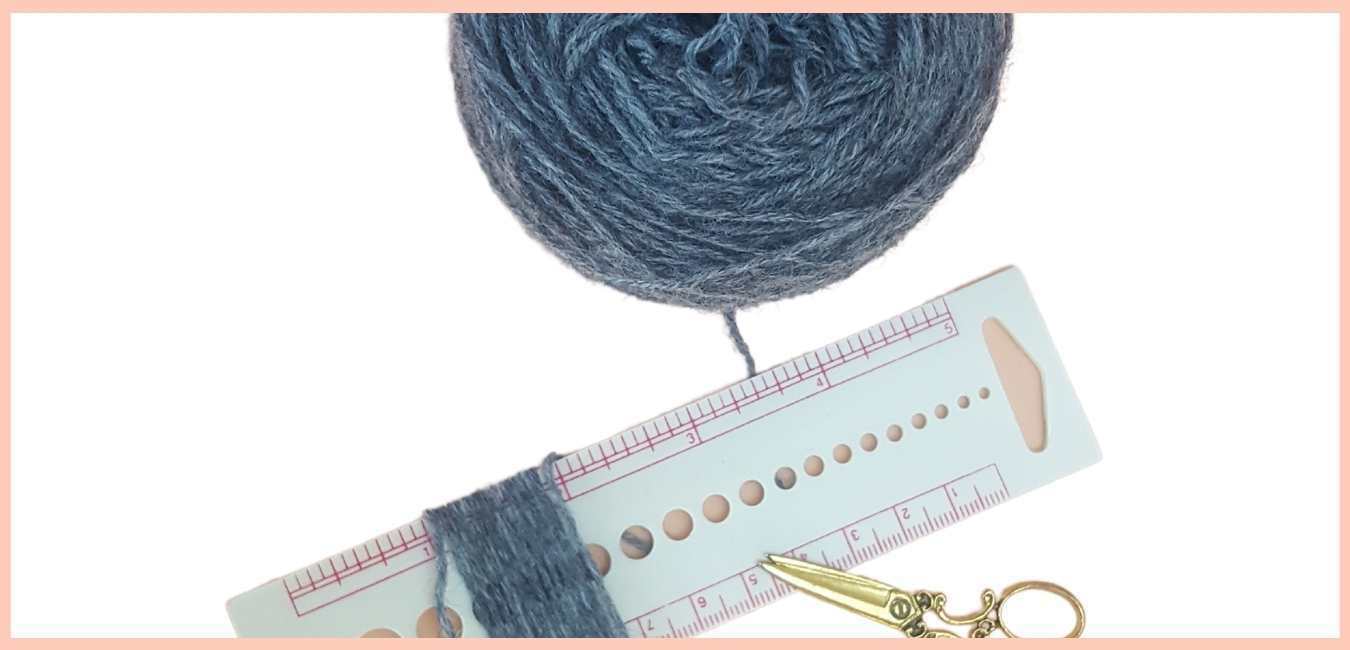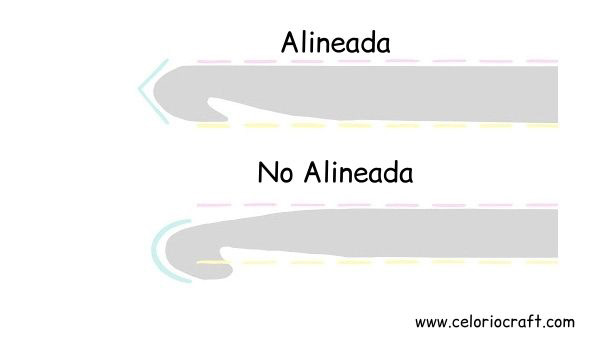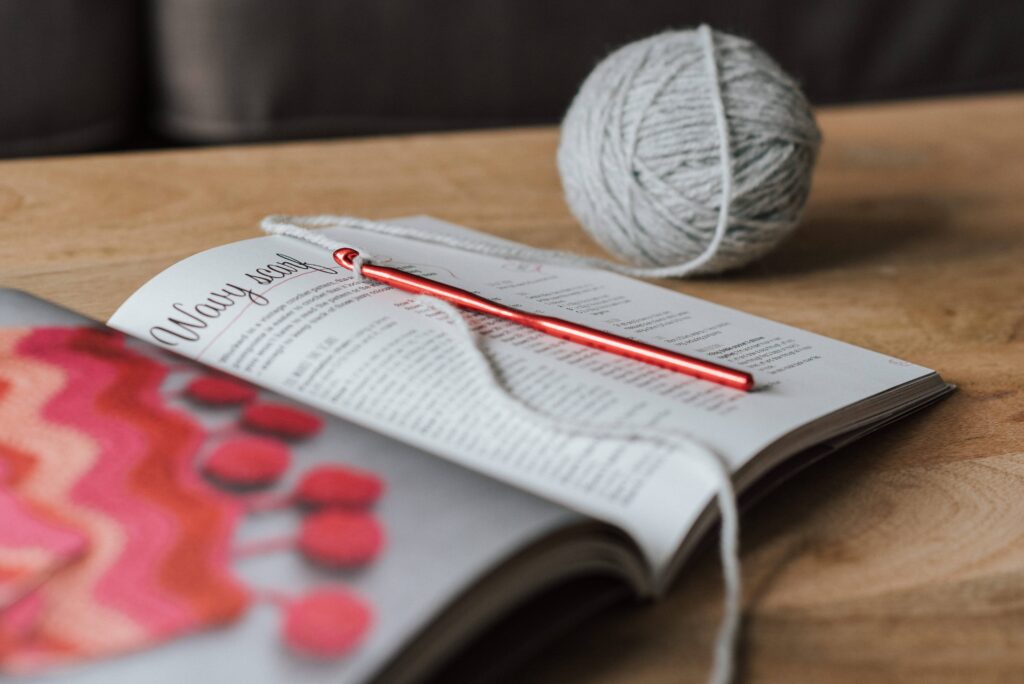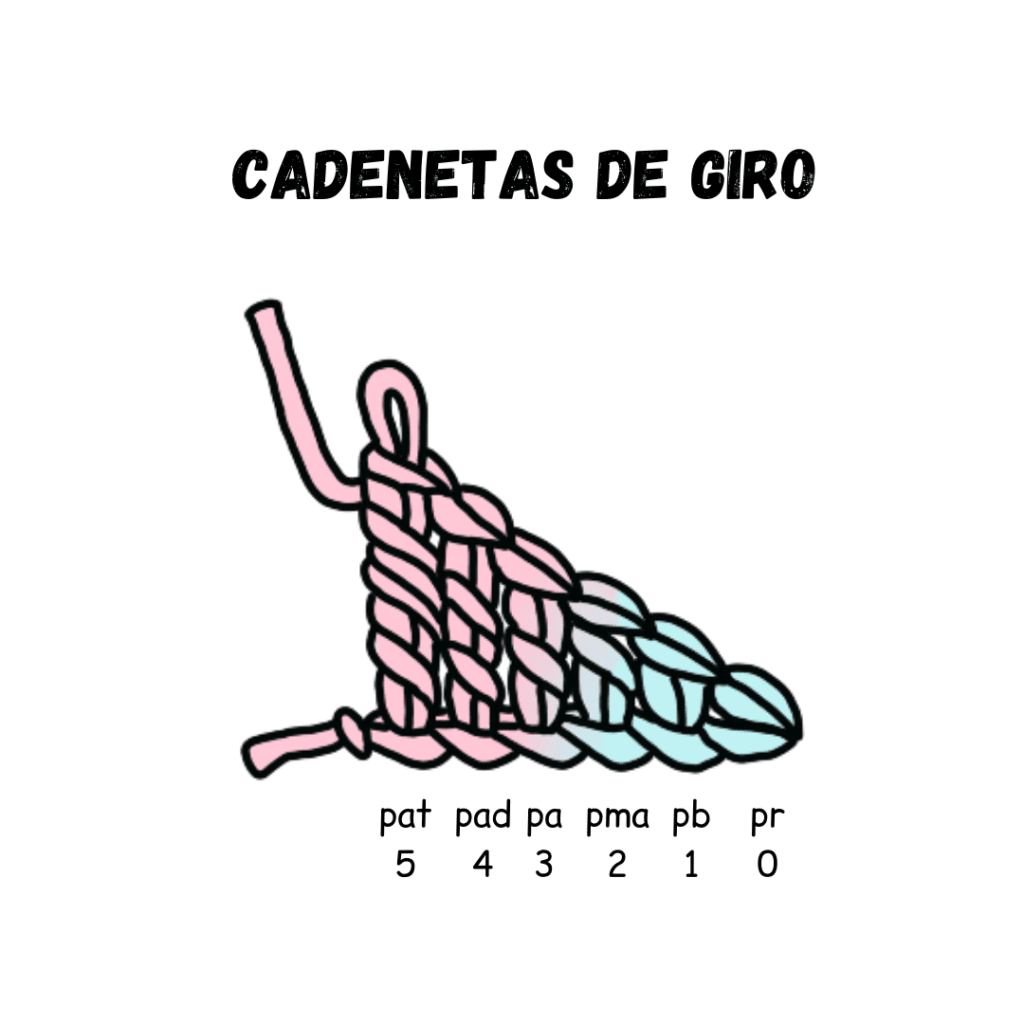¿Why it is so important to check gauge?
In a previous post, I told you about the gauge swatch, what it is and how it is made. And I even gave you some vocabulary that will be very useful for you to understand the gauge section in a Spanish pattern. Today I want to tell you why it is very important to make the gauge swatch and what you can do if you don’t get it as the pattern asks you. Why it is so important to make a gauge swatch? Make a gauge swatch before starting a crochet project is very important whether: 1- You are going to follow a pattern from a designer, or 2- You are going to design or create your own garment, accessory, or any crocheted item. In the first case, it is very important that you make the gauge swatch as indicated by the designer, using the recommended yarn and hook. She/he may ask you to make the swatch flat or circular (depending on what is needed for the pattern), and she will also tell you what stitch to use in the swatch. In some cases, you will be asked to block it and in others not, it depends on the design and the designer. What it will always tell you is the number of stitches and rows/rounds that you must obtain in 10 x 10 cm, or what is the same in 4 x 4 inches. I insist that it is very important to make the swatch because if you do not do it and your tension using that yarn and hook does not match the designer’s, the final result will not be as expected. To help you understand me better, imagine that your tension when crocheting is looser than the designer’s, therefore, you will have more stitches in 10 cm if you use the same hook as the designer. One more stitch is not usually a problem, but for a garment with a circumference of several cm, it will not be just one stitch, but several, and the garment will be bigger. The opposite can also happen, and the garment may be too small. Or the garment will have no drape or too much drape. In case you are going to design something, if you make your gauge swatch you can see how the fabric you are creating will look like, and if you like it tighter you will make the sample with a thinner hook. If, on the other hand, you want it looser, you change and make a swatch with a thicker hook. In the swatch, you can use different stitches and see how they look together, the same with the color combination. It will help you not only to get the calculations you need, but also to see if that idea you have works and looks good. Calculations are very important, if you have the final gauge swatch, and you measure the stitches and rows that fit in 10 cm with this information and with the help of my Crochet and Knit Calculator you can very easily calculate the number of stitches you need for a given width, the same with the rows/rounds. And this way you save yourself from frogging. What to do if my gauge does not match? When you make a gauge swatch that you are asked for in a pattern, you do it with the hook that the designer recommends. But you don’t necessarily have the same tension when crocheting as the designer and in some cases the yarn you use, even though it is very similar, doesn’t behave the same way. Then it happens that when you measure the stitches and rows that fit into the central 10 cm of your swatch, you don’t get the same number as the pattern asks for. If you do not get the same number of stitches or rows, but you continue and make your project, it will not fit the measurements specified in the pattern. It may be too big or too small, with the stitches too tight or loose, and with no drape or too much drape. What to do when this happens? -When you get more stitches or rows than the pattern asks for in 10 cm, you should change to a slightly thinner hook and redo the swatch to see if you get the desired number of stitches. -If, on the other hand, you get fewer stitches, then try a thicker hook. You may have to undo and redo the swatch several times, but with experience, it will be easier to know which hook to switch to. And when you have a swatch that gives you the same number of stitches and rows/rounds as the pattern, you can start !!!!. Save this Post If you liked this post and found it useful, share it so that your friends and other crocheters can benefit from it as well. If you’re on Instagram, find me THERE, I’d be happy to meet you. Add Your Heading Text Here All Post Crochet ¿Why it is so important to check gauge? 2 de February de 2022/No Comments In a previous post, I told you about the gauge swatch, what it is and how it is made. And… Read More Understand Care Symbols in Yarn Labels, in English and Spanish 8 de December de 2021/No Comments Surely you have been frustrated by not understanding the care symbols that are on your yarn label. In this post… Read More Yarn Weights and how to say it in Spanish 6 de October de 2021/No Comments You love to crochet, but you’re a little confused about choosing yarn for a project because you don’t know the… Read More Load More End of Content.
¿Why it is so important to check gauge? Read More »









